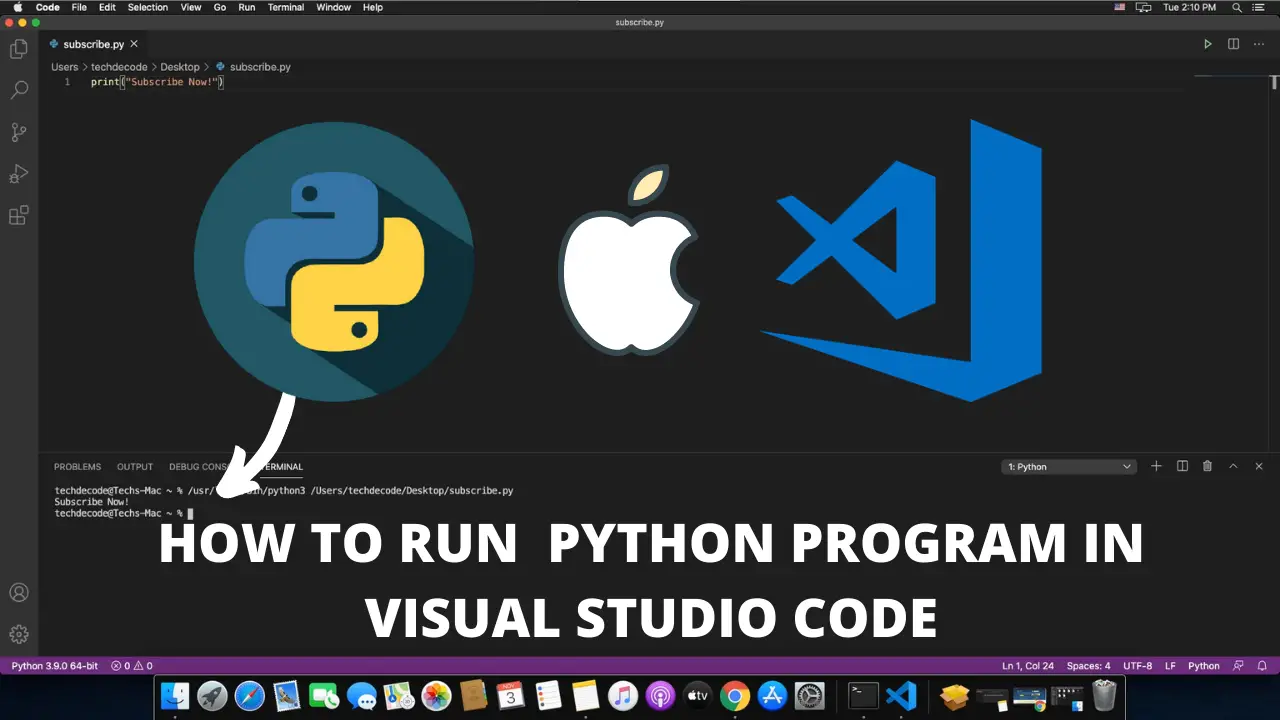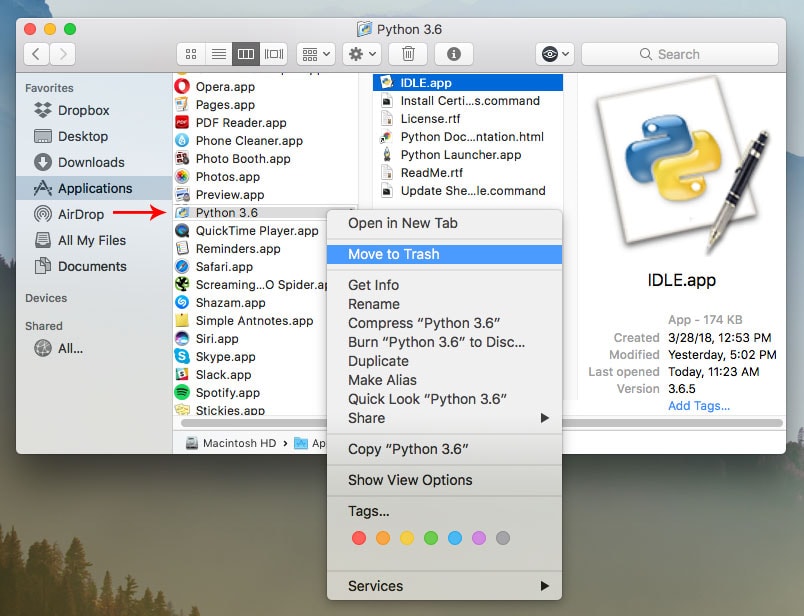

I know about the plutil tool but this doesn't work because of the binary data in the book attribute. python3 -version pip3 -version Step 3: Upgrade your pip to avoid errors during installation. Is there a way to cast the base64 data back to binary AND cast the json file back to a plist file? I can't figure this out and I'm also not sure if this is the right approach. Method 1: Using pip to install wxPython Follow the below steps to install the wxPython package on macOS using pip: Step 1: Install the latest Python3 in MacOS Step 2: Check if pip3 and python3 are correctly installed. If we use the package installation, a python3 fill will be available in /usr/local/bin/. With open(json_path, 'w') as outfile: json.dumps(persistent_apps, outfile) Pythons website has a macOS Python 3 installer we can download and use. Json_data = json.dumps(pl, default=json_default_fn)įor index in range(len(persistent_apps)):

To install virtualenv run: pip install virtualenv. I managed to get a json of the plist file and edit the data that I want to edit but I can't cast it back to a plist file because of the binary data in the book attribute. Its very much recommended to use virtualenv when dealing with Python applications. This is so that the labels of the apps in the docks aren't shown anymore when you hover over them with the mouse. My goal is to write a script which takes the file, removes every string under persistant-apps -> tile-data -> file-label, saves the file and restarts the dock. plist files are configuration files on macOS and part of those files are stored in the ~/Library/Preferences folder. How To Run Python Script In MAC From Terminal 17,809 views 186 Dislike Mukesh otwani 135K subscribers We just need to run below command in order to run python script in mac from.


 0 kommentar(er)
0 kommentar(er)
